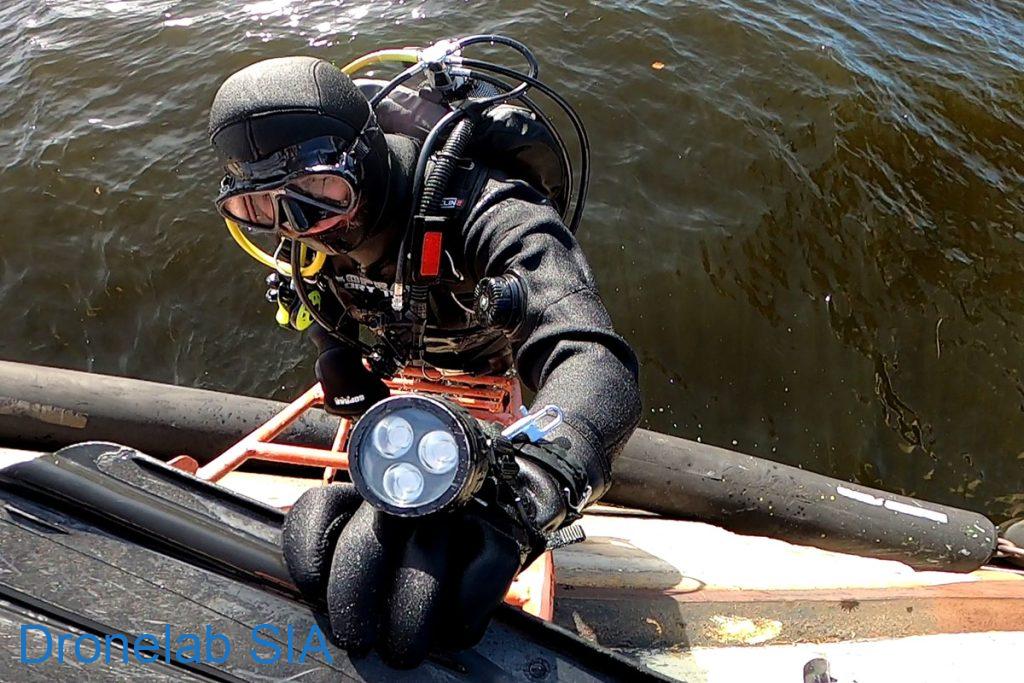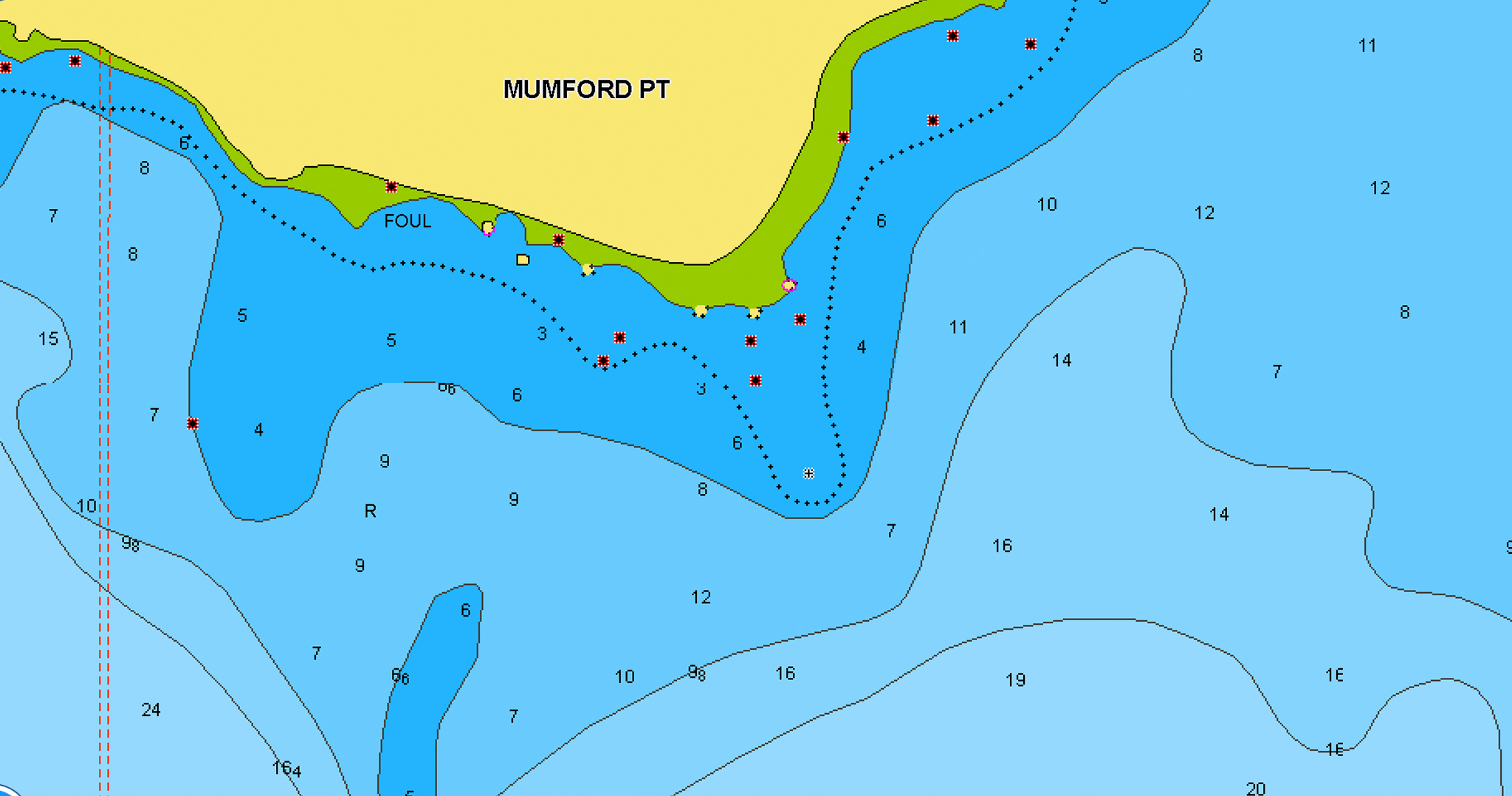Dronelab offers accurate and efficient flow rate and velocity calculations in watercourses.
Our experienced professionals perform detailed hydraulic measurements in rivers and open channels using traditional methods, including:
- Width and depth measurement techniques:
- Application of topographic methods such as levelings, cross-sections, and other techniques to accurately determine the watercourse cross-sectional area.
- Processing of the collected data using specialized software.
- Current meters:
- Deployment of mechanical or acoustic current meters to accurately measure the water flow velocity at various points in the watercourse.
- Processing of the measured data to obtain the average flow velocity in the watercourse.
Flow rate calculation:
- Determination of the average flow velocity by combining data from current meters and hydraulic models.
- Calculation of the water cross-sectional area based on width and depth measurement data.
- Flow rate calculation by multiplying the average flow velocity by the water cross-sectional area.

Report preparation:
- Detailed report with measurement results, calculations, and conclusions.
- Recommendations for further watercourse management and hydraulic engineering design.
Advantages of traditional methods:
- Affordability: These methods are widely used and do not require the purchase of expensive drone technology.
- Experience: Dronelab specialists have extensive experience in applying traditional methods, providing accurate and reliable results.
- Flexibility: Traditional methods can be adapted to various watercourse conditions and hydraulic measurement tasks.
Applications:
- Hydraulic engineering design: Flow rate and velocity data are crucial for designing bridges, dams, culverts, and other hydraulic structures.
- River management: Flow velocity data can help identify erosion risks, sediment deposition, and other hydrodynamic processes affecting the riverbed.
- Environmental monitoring: Flow rate data can be used to assess water quality, pollution spread, and ecosystem health.
- Research: Traditional methods are still widely used in studying hydrodynamic processes and watercourse modeling.
Contact Dronelab to receive a detailed quote and learn more about flow rate and velocity calculations without drones!
How Dronelab can help you:
- Consultation on your project specifics and data requirements.
- Development of a customized service proposal based on your budget and timeline.
- Deployment of experienced hydrologists and hydraulic engineers.
- Delivery of accurate results and detailed reports in a timely manner.
Dronelab – Your trusted partner for watercourse data acquisition and analysis.

